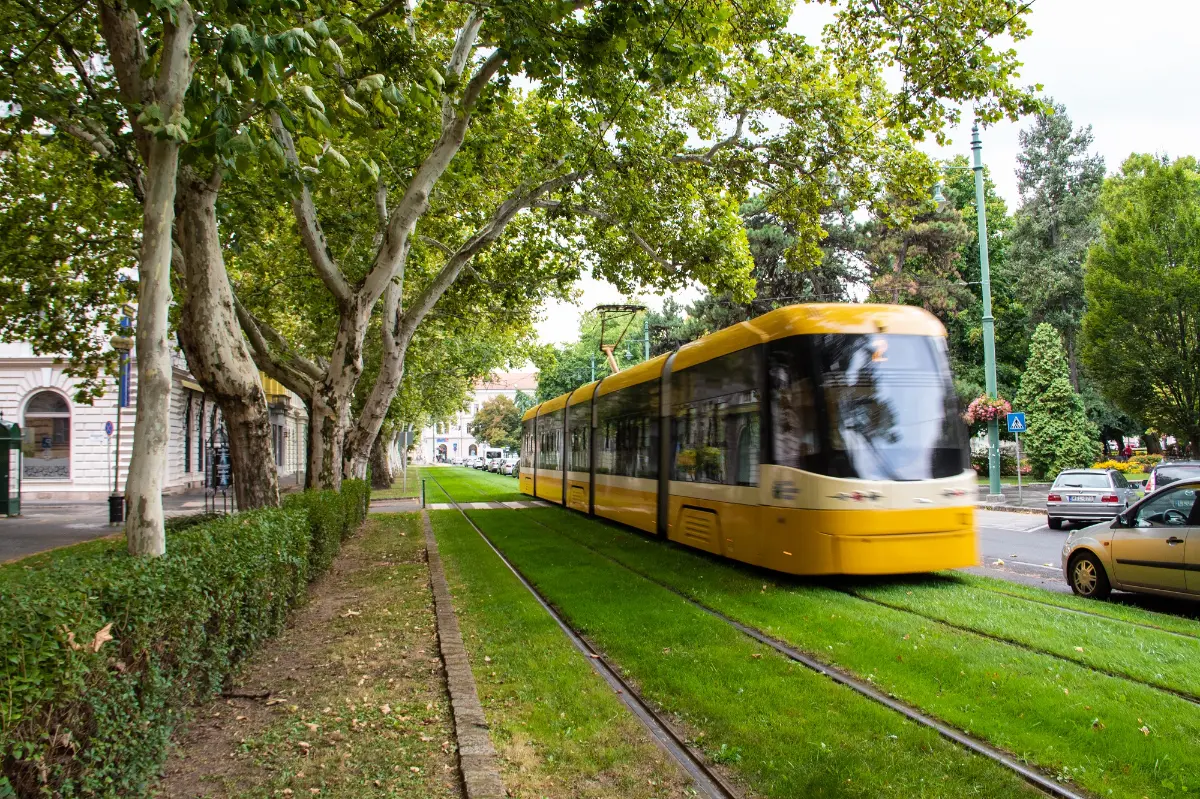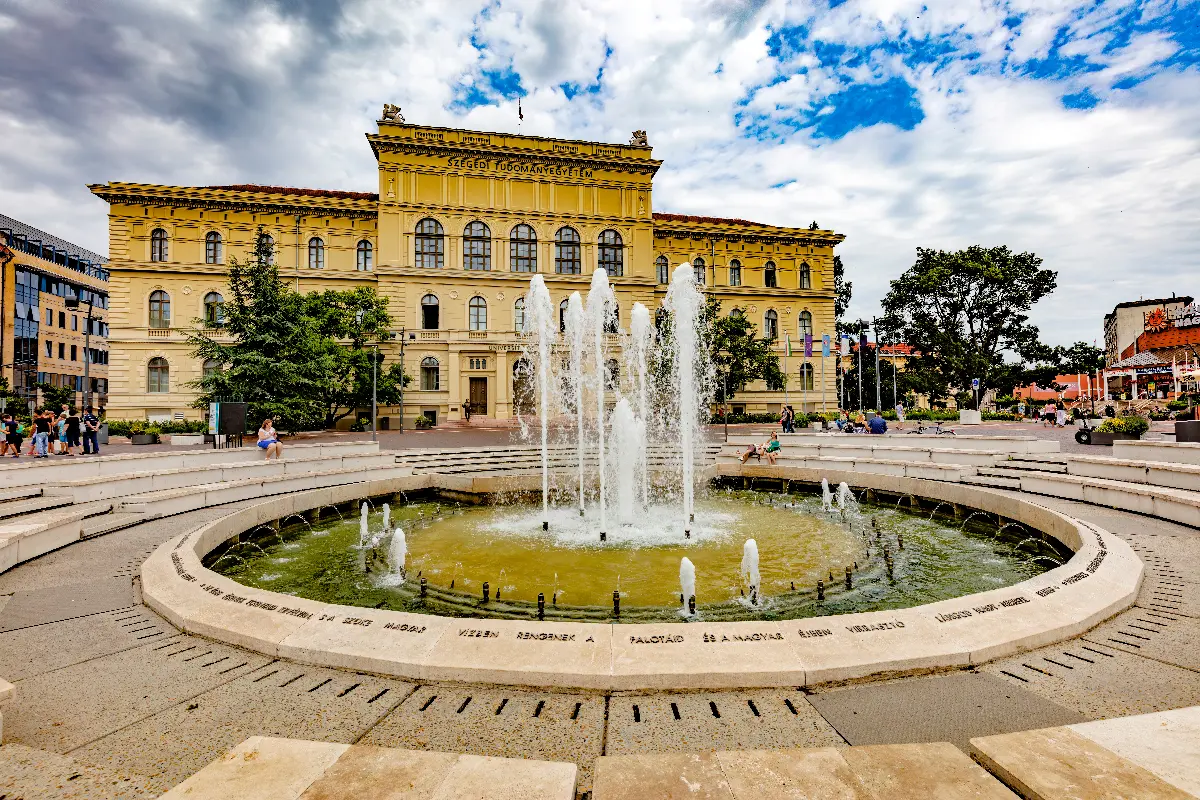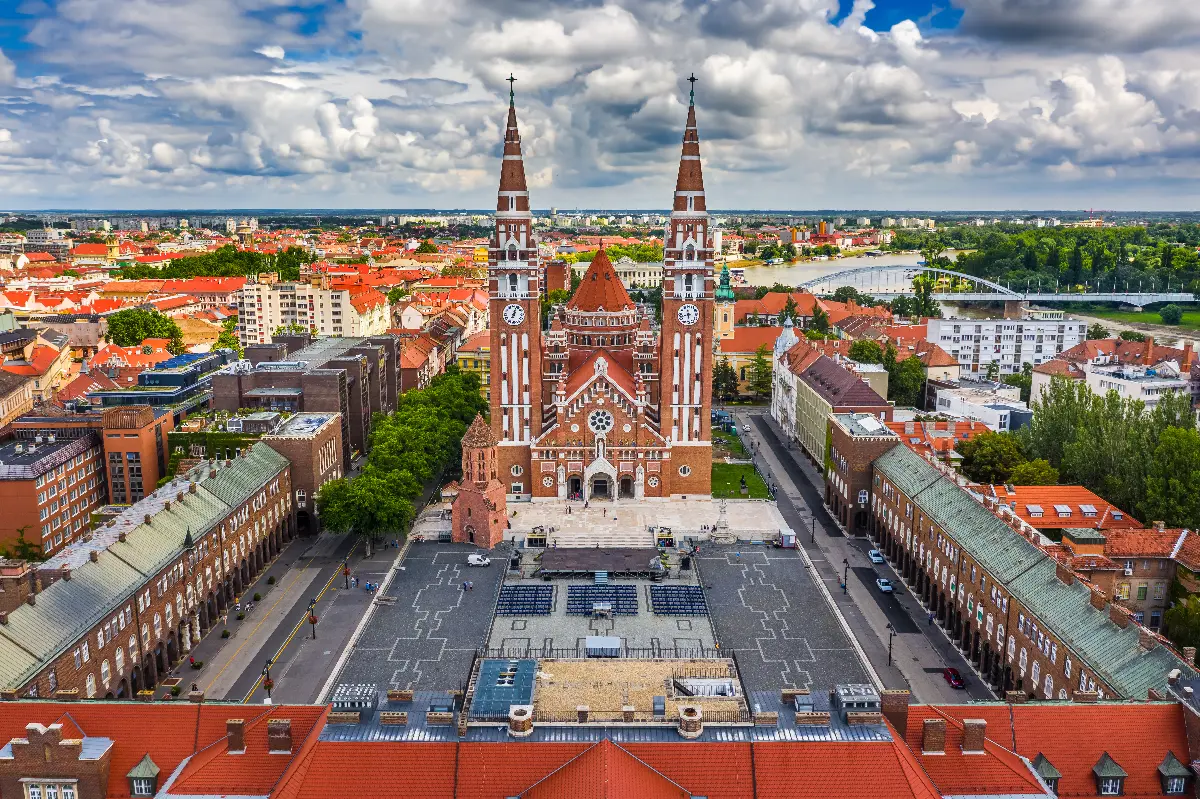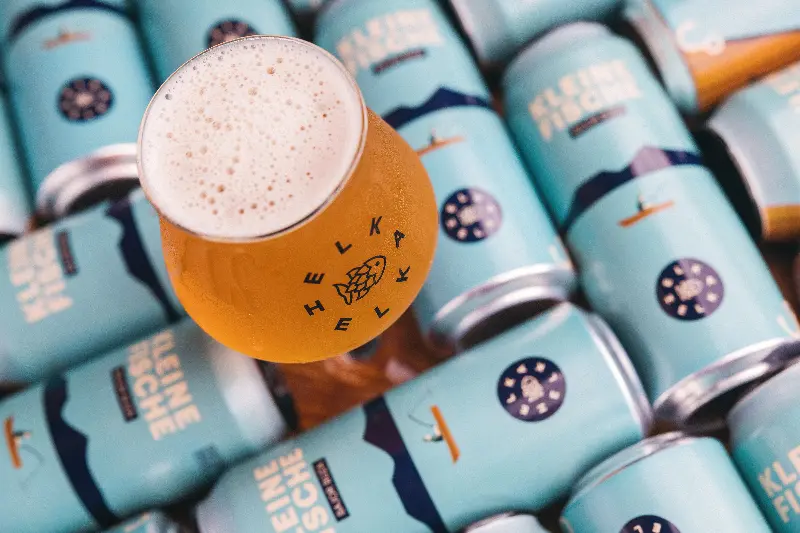
Helyszín címkék:
Travelling by ‘tuja’ (tram) in Szeged: A teaser for the town hall focusing on beer
Jászberényi Attila
Writing about Szeged is an easy task, although avoiding clichés is more difficult. Where the sun really shines, the girls really are pretty, there is a kind of southern-ness in the air, a Mediterranean openness and freedom in the minds, Balkan, extreme, wild emotions in the souls. The peculiar ability of the city (and its inhabitants) is that it finally tips the balance in its favour despite the many and considerable natural and historical catastrophes. The result of the great flood of 1879 is a modern, hyper-urban city structure, but the most recently renovated and rebuilt downtown still carry the feel of a lovely, liveable small town in the south. The city owes a large number of well-educated and mentally fertile new-minded citizens from Szeged to Trianon and the relocation of the University of Kolozsvár. The city owes economic recovery, a lot of money to the businessmen who were former refugees from the Yugoslav wars as well as shopping tourists, which, of course, also allowed increased crime but created diversity in terms of multiculturalism, attitudes and gastronomy.
The temporary stagnation of the 2000s was followed by a spectacular city centre renewal. The reconstruction of Kárász street and Klauzál square alongside the rehabilitation of Kölcsey-Gutenberg streets in the pedestrian zone have been completed. A new market was constructed in Mars square, 17 palaces were renovated in the city centre. The reconstruction of the university district, then the mobile flood defences, which hide but also preserve the landscape of the Tisza bank, were completed, the renovation of Dóm Square, and the modern metropolitan renewal of Oskola Street have been finished. Meanwhile, a shopping centre burst into life here too, which swept out most of the shops from the traditional shopping area of Kárász Street in the city centre and the area hasn't gotten over it until this day, at least in this respect. Because the city centre is filled with life again, it has became a service city centre, and at night it transforms into a party street. Summer is lively again, with more and more tourists (nearly 150 thousand a year).
A city rarely has university buildings in the very centre, but there are 25 thousand university students here (including 2,000 foreign students), who are happy and consume, which is good for all.
There are four seasons of activities today due to a few more factors. A city rarely has university buildings in the very centre, but there are 25 thousand university students here (including 2,000 foreign students), who are happy and consume, which is good for all. Plenty of summer events also take place in the city centre, from the huge Széchenyi Park to the Dóm Square, in an area of 11,000 m2. And the people of the city are fanatical festivalgoers, it doesn’t matter if the weather is rainy and stormy, they will be on the streets. Cult and gastro programmes are primarily for them, Szeged has a very strong cultural identity. We haven’t met anyone who was either born in Szeged, went to university here, or came to visit for just one day, who hasn’t become attached to this place. It’s good to hear the enthusiastic words, joking but trendy local dialect from the mouths of intellectuals, the general love of being from “Szöged”.

The ‘tuja’ leaves from, of course, the railway station as in any other ordinary cities. A special feature of the not-so-special building is that it is a dead-end railway, and the loudspeaker announces every time that this is “Szeged, the terminus, this train terminates here”. Besides, this place gives you the same feeling as at an S-Bahn stop in Berlin, because the level of the track is one floor above us because the pairs of rails to Subotica and Timisoara once served as guide rails for a never-rebuilt railway bridge which was bombed in the Second War. The lack of railway tracks is counterbalanced by a number of tram lines, most recently the tram-train solution, an innovation with Hódmezővásárhely as its destination. But before we board the most important thing, the ‘egyeskettes’ (one-two) carriage, let’s buy a day ticket - with which we can freely travel up and down by tuja - and open the perfect day in Szeged with a burek filled with meat and onion or salted cottage cheese in the opposite Albanian Snail Bakery. Then we set out by tuja and go along to the Heroes’ Gate, the triumphal arch of the city.
Station number 7
A 107-year-old tram in the pedestrian street, which is not a transport museum, but beer is served there. It is located at the very spot from where the line number 7 used to leave for Dorozsma. László Árokszállási (economist), Dr. Judit Óvári (lawyer) and their families shared a dream, a café. There was an abandoned tram rail and some worldwide experience (Prague, Subotica), so we thought we’d put a tram on it. But how can you buy an antique tuja in Hungary? The monument-protecting tram fans helped, Budapest Transport Company gave an authentic 14-ton number seven tuja at a budget price. Shipping cost more than the purchase price, but the tram still needed renovation. It was taken care of by the old professionals of the local transport company, they restored the tram to its original condition with great enjoyment and enthusiasm and with some functional transformation. In 2006, the vehicle was positioned on its own feet, on rails. Of course, the tram is also a tourist attraction, everyone has a look at it, and even if the consumption is not always great, plenty of photos are taken zealously. A local factor that cannot be underestimated is that one of the best hamburgers in the city can be found in the immediate vicinity, burgers are accessible by knocking at a hatch that is stylishly called ‘Kisablak’ (Small Window). And everyone looks at the Cathedral anyway, so the next glass should be drunk there.

‘Vitrin’ (glass cabinet) beer pub
There is the most important performance space of the city, the obligatory tourist programme with a view to the Cathedral in the immediate vicinity of the Szeged Open-Air Festival and the big stage of summer programmes. The key word is beer, there is a rich variety of quality and artisan beers besides draught beers, a beer garden feeling, beer barrel seats, beer bottle lamps, a room divider made of a collection of beer cans, laminated beer mats on the table. The environment is familiar, the atmosphere is easy-going, everyone knows everyone, the drinks are cheap and good.

The ‘Maláta’ (Malt)
The artisan beer revolution triumphed in Szeged too. Phenomenal ruin-garden with beanbags, checkered tablecloths, almost exclusively with special flavours, typically artisan draught beers, with a simple pub menu. And all in the courtyard of a listed house and even a functioning museum, insulated from street noise. There is also an inner room, an excitingly designed café.





